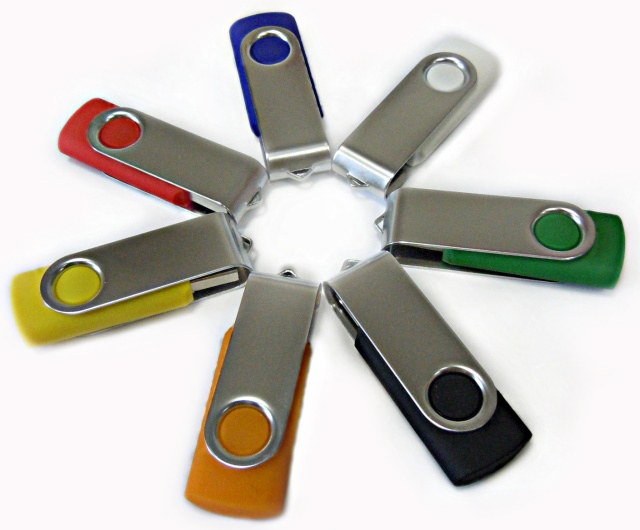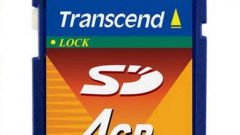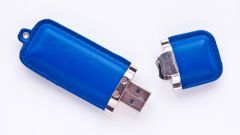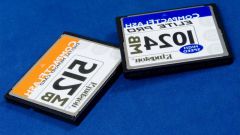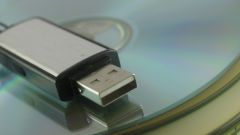Today there are several media, each of which requires mandatory regular formatis: hard drives (HDD) installed directly on the computer, a disk (CD, DVD and Blu-ray) and USB flash drive.
The very concept of format, any media that involves a change in the file system. As a rule, such a procedure leads to a complete purification of the carrier, i.e. all information stored on it is completely removed. Itself begs the question: "why do we need to format the media if all the information on it deleted?". This is done in order to allow the user to correct his integrity, optimized, i.e., increased the speed of certain tasks, of course, changed filesystem (if necessary). Formatting is always held in several cases that:
- contamination of the carrier virus;
- the speed of execution of different tasks with a carrier (e.g., transferring information to the computer) and decrease many times.
As for the procedure of formatting the stick, it can be done even using standard software of the Windows operating system. In order to use the standard functionality of the OS, you need to open "My computer" and select the removable media where you have to press the right mouse button. Further, in the context menu choose option "Format". After clicking a new window opens where the user can choose "File system", "cluster Size" and "formatting".
To stick typical file system is FAT32 as it used to store and use files small volume. If you are going to store on the flash drive large files, then choose NTFS. Cluster size indicates the speed of execution of different commands to a file (the optimum value is set default by the system). As for formatting, there's several of them is: quick and full. It is desirable to make it the full formatting, to corrupted sector of a removable disk has been restored and the file system successfully changed. If this is not necessary, and you regularly format your USB flash drive, then you can select "Quick format".
What is formatting and why is it necessary?
The very concept of format, any media that involves a change in the file system. As a rule, such a procedure leads to a complete purification of the carrier, i.e. all information stored on it is completely removed. Itself begs the question: "why do we need to format the media if all the information on it deleted?". This is done in order to allow the user to correct his integrity, optimized, i.e., increased the speed of certain tasks, of course, changed filesystem (if necessary). Formatting is always held in several cases that:
- contamination of the carrier virus;
- the speed of execution of different tasks with a carrier (e.g., transferring information to the computer) and decrease many times.
How to format a flash drive?
As for the procedure of formatting the stick, it can be done even using standard software of the Windows operating system. In order to use the standard functionality of the OS, you need to open "My computer" and select the removable media where you have to press the right mouse button. Further, in the context menu choose option "Format". After clicking a new window opens where the user can choose "File system", "cluster Size" and "formatting".
To stick typical file system is FAT32 as it used to store and use files small volume. If you are going to store on the flash drive large files, then choose NTFS. Cluster size indicates the speed of execution of different commands to a file (the optimum value is set default by the system). As for formatting, there's several of them is: quick and full. It is desirable to make it the full formatting, to corrupted sector of a removable disk has been restored and the file system successfully changed. If this is not necessary, and you regularly format your USB flash drive, then you can select "Quick format".
